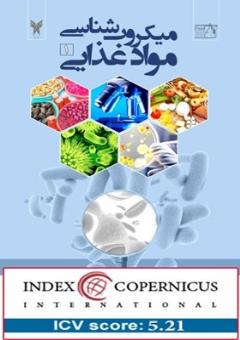-
-
List of Articles
-
Open Access Article
1 - Investigating the effect of atmospheric pressure cold plasma on oxidation indices and microbial quality of red pepper
Samaneh Khodabandeh shahraki Mohammad Goli Sharifeh Shahi -
Open Access Article
2 - Investigating the antimicrobial effects of lemongrass and lavender extracts and essential oils with antibiotics on some food bacteria
Mehrdad Ataie Kachouei Elham Fakhri fatemeh khodaverdipour -
Open Access Article
3 - Application of ERIC-PCR method for genetic classification of campylobacter strains isolated from raw milk
GholamReza Banisharif Mohammad Hosein Marhamatizadeh Hassan Momtaz
-
The rights to this website are owned by the Raimag Press Management System.
Copyright © 2021-2025







